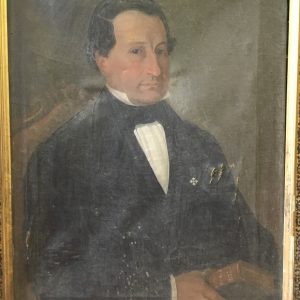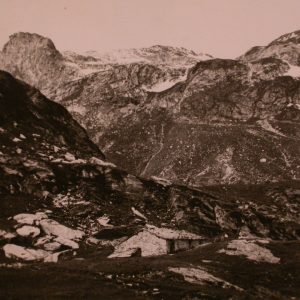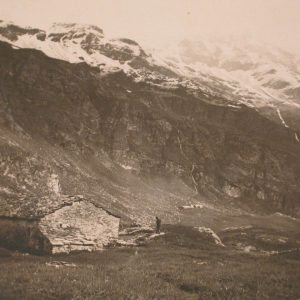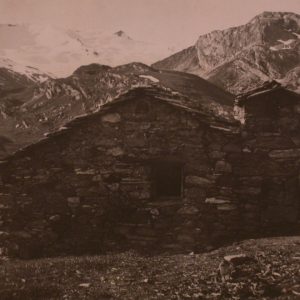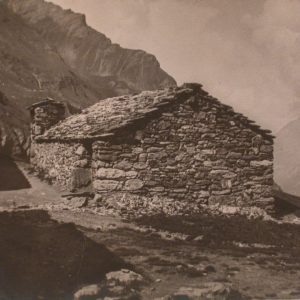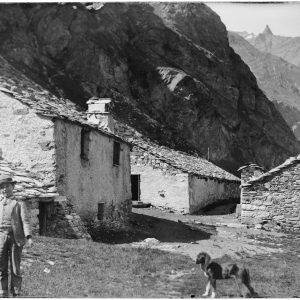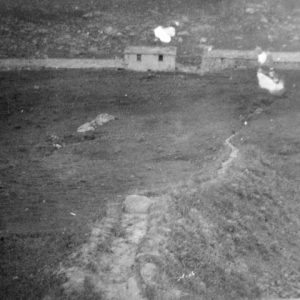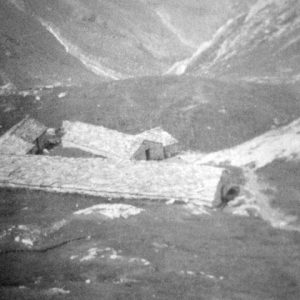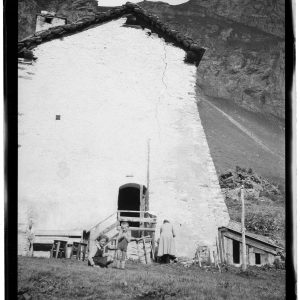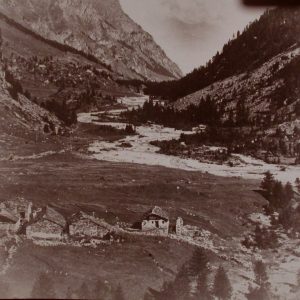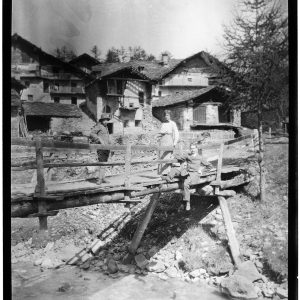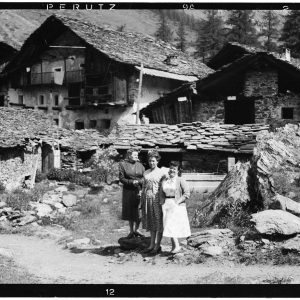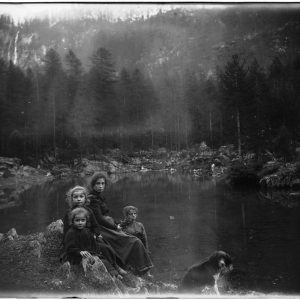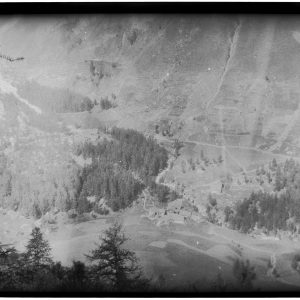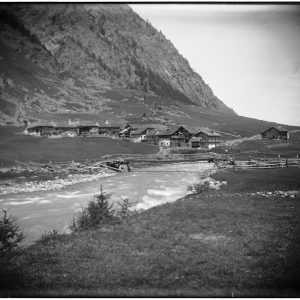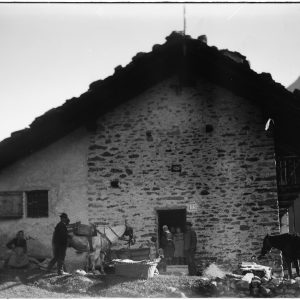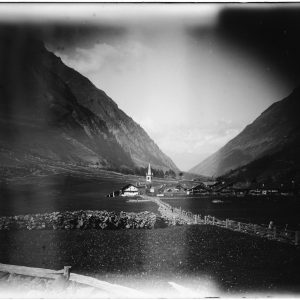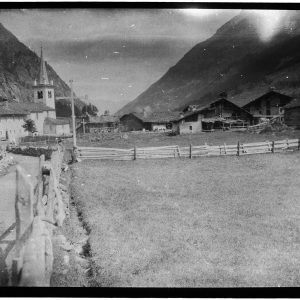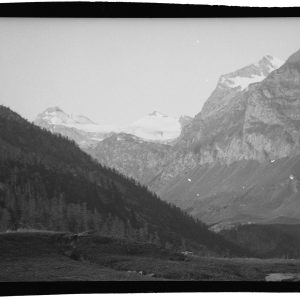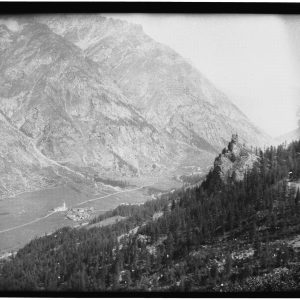A bit of History..
The history of the municipality of Rhêmes-Notre-Dame is closely linked to that of its neighbor, Rhêmes-Saint-Georges. Originally, both centers were part of the jurisdiction of Chatel-Argent under the control of the lords of Bard during the Middle Ages. Over the centuries, the area came under the rule of various noble families, including the Sarriod, Roncas, Dépléoz, and Brunel families, until it became part of the Duchy of Savoy in 1740.
The Rhêmes Valley was traditionally divided into three "tierces": la tierce d’en bas (lower third), la tierce du milieu (middle third), and la tierce d’en haut (upper third). Until 1650, these formed a single parish, which then split between Saint-Georges, comprising the first two thirds, and Notre-Dame, comprising the upper third.
In 1928, during the fascist regime, the two municipalities of Rhêmes-Notre-Dame and Rhêmes-Saint-Georges were unified into a single municipal entity called Rhêmes, with Rhêmes-Saint-Georges as the administrative center. In 1939, the name was changed to Val di Rhêmes. After the Liberation in 1946, the two municipalities reconstituted themselves and resumed their original names.
A crucial element in the economic history of Rhêmes-Notre-Dame Valley is represented by pastoral activities, traditionally one of the most important livelihood practices. During the 18th century, with the rise of the bourgeoisie and under the influence of the Enlightenment, there was a significant reorganization of these resources, which became more productive and manageable. In this context emerged the figure of the notary Jean Joseph Lanier. He, through his marriage in 1823 to Marie Rose Françoise Ferrein, not only consolidated his wealth but also acquired significant shares of the Lavassey alpine pasture, triggering a process of expansion and consolidation of land ownership and his economic role in the valley. This commitment laid the foundation for an ambitious long-term project, continued with dedication by his descendants, who profoundly influenced the development of the valley up to the present day.
This series of historical events, from feudal management of the territory through bourgeois reforms to the post-war restoration of the original communal structures, illustrates how Rhêmes-Notre-Dame has traversed various phases of political and social development, always maintaining a strong connection with its cultural roots and the territory.
Copyright 2023 LesReguges.it

